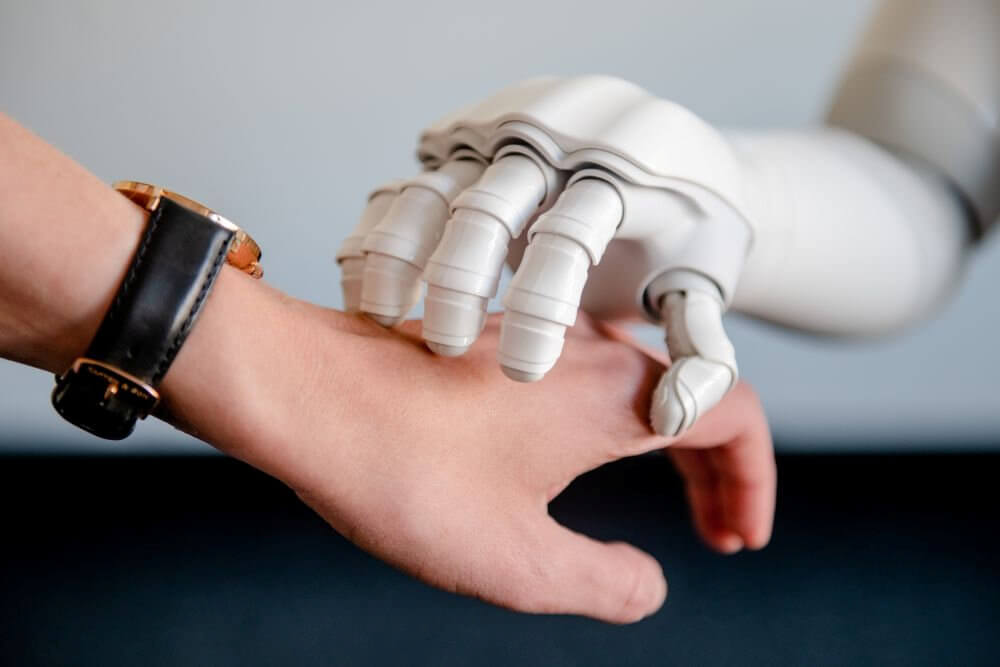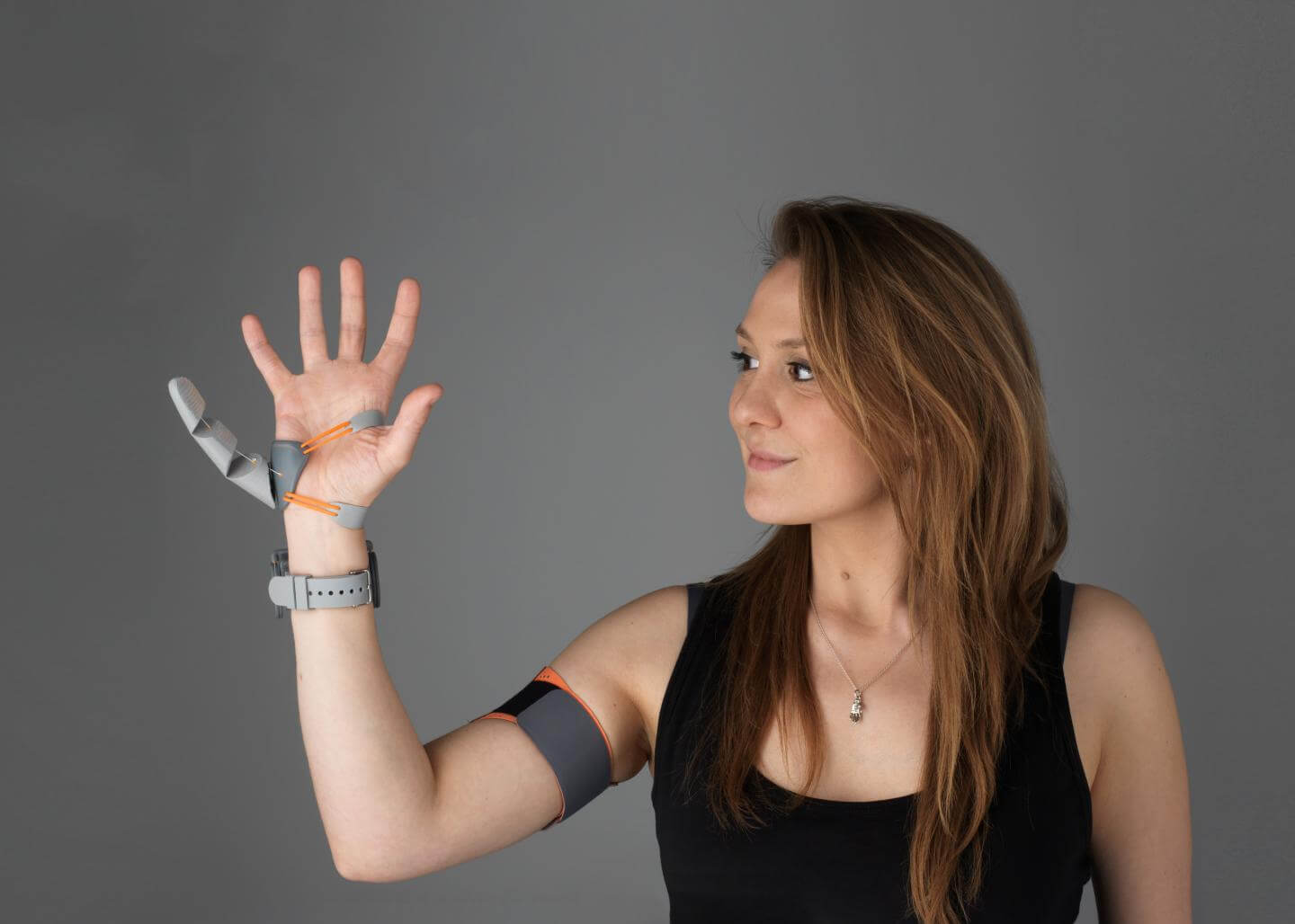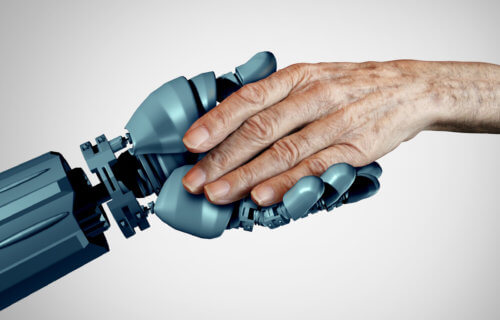LAUSANNE, Switzerland — Ever wished you had a third arm while tackling a challenging chore? Help could soon be on the horizon — in the form of an extra, robotic limb. Researchers in Switzerland are working on equipping healthy individuals with a robotic arm. They would put it on and take it off just like a medical prosthetic.
The Swiss team says this idea is no longer just a work of science fiction.
“Research on three arm control could help us understand how learning is achieved in activities of daily living but these devices could also be used in logistics to facilitate complicated tasks,” explains Professor Silvestro Micera of the Swiss Federal Institute of Technology Lausanne in a media release.
Whether it is managing childcare, operating on a patient, or cooking dinner, there are many occasions when an extra few digits would come in handy — pun intended. Now, a growing body of research says such human augmentation is possible, with additional parts boosting an individual’s capabilities.
Prof. Micera is already engineering the nervous system to make this a possibility. He is a pioneer of wearable and implantable technologies, helping people with sensory and motor deficits to regain independence and quality of life.
However, turning fit individuals into “supermen” is a completely new frontier. The neuro-engineer has avoided the controversial issue of “transhumanism,” which is a movement to enhance physical and mental powers with the help of technology, until now.

The new third arm does not involve surgery
Micera’s “third arm” project uses non-invasive techniques and challenges are both technical and cognitive, but he believes it is no longer a dream of the future. A decade ago, Prof. Micera developed the world’s first bionic hand for an amputee. He became the first scientist to provide sensory feedback in real-time. Scientists surgically implanted electrodes into major nerves in the patient’s arm.
Since then, the Swiss team has been building on that technology, providing improved touch resolution of textures with a bionic fingertip. A permanent, wearable prosthetic hand is the ultimate aim. The technology will soon help restore other motor and sensory function in other cases such as spinal cord injury or stroke.
Prof. Micera’s initial work about intelligent neuro-prosthetics is continuing in parallel. He hopes it will lead to fit people wearing electrodes with sensory feedback — allowing them to control a third robotic arm as an extension of their own body. Prof. Micera presented his work at a meeting of the American Association for the Advancement of Science.
Science continues to create helpful robotic limbs
Professor Tamar Makin, a cognitive neuroscientist at the University of Cambridge, says the approach could increase human productivity.

Designer Dani Clode with her ‘Third Thumb’ device. (Credit: Dani Clode)”If you want an extra arm while you are cooking in the kitchen so you can stir the soup while chopping the vegetables, you might have the option to wear and independently control an extra robotic arm,” Makin say, according to a statement from SWNS.
Her colleague Dr. Dani Clode has already created a 3D-printed thumb that can be added to any hand. It could be helpful for waiters holding plates, or for electrical engineers when soldering, for example. Other robotic body parts could be designed for particular workplace needs. For example, extra arm could help a builder hammer a nail while holding a joist in place.
South West News Service writer Mark Waghorn contributed to this report.

